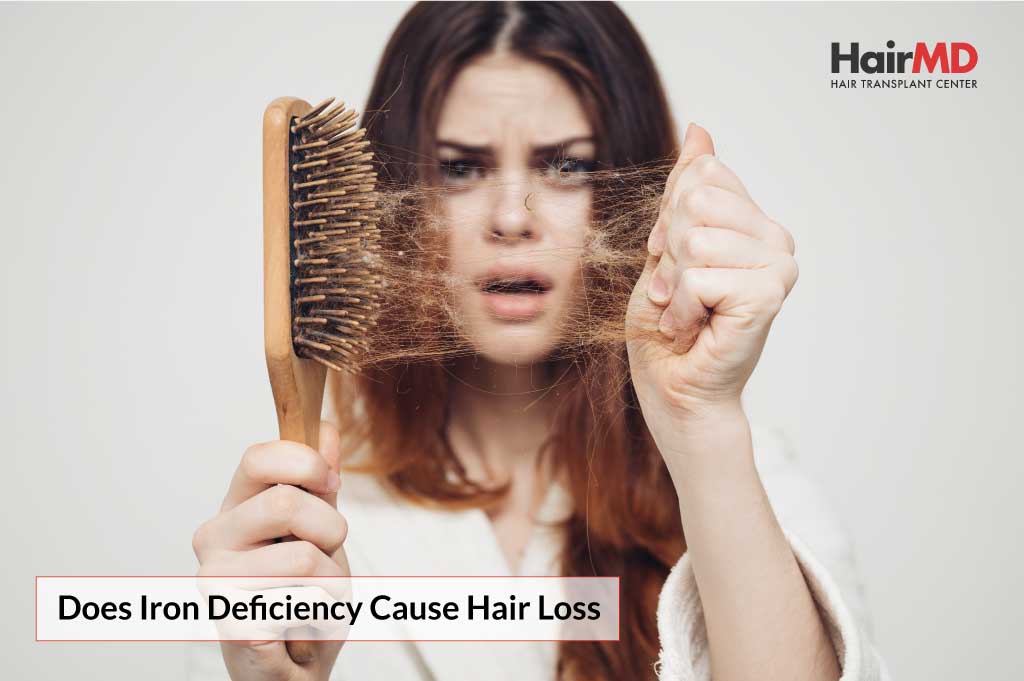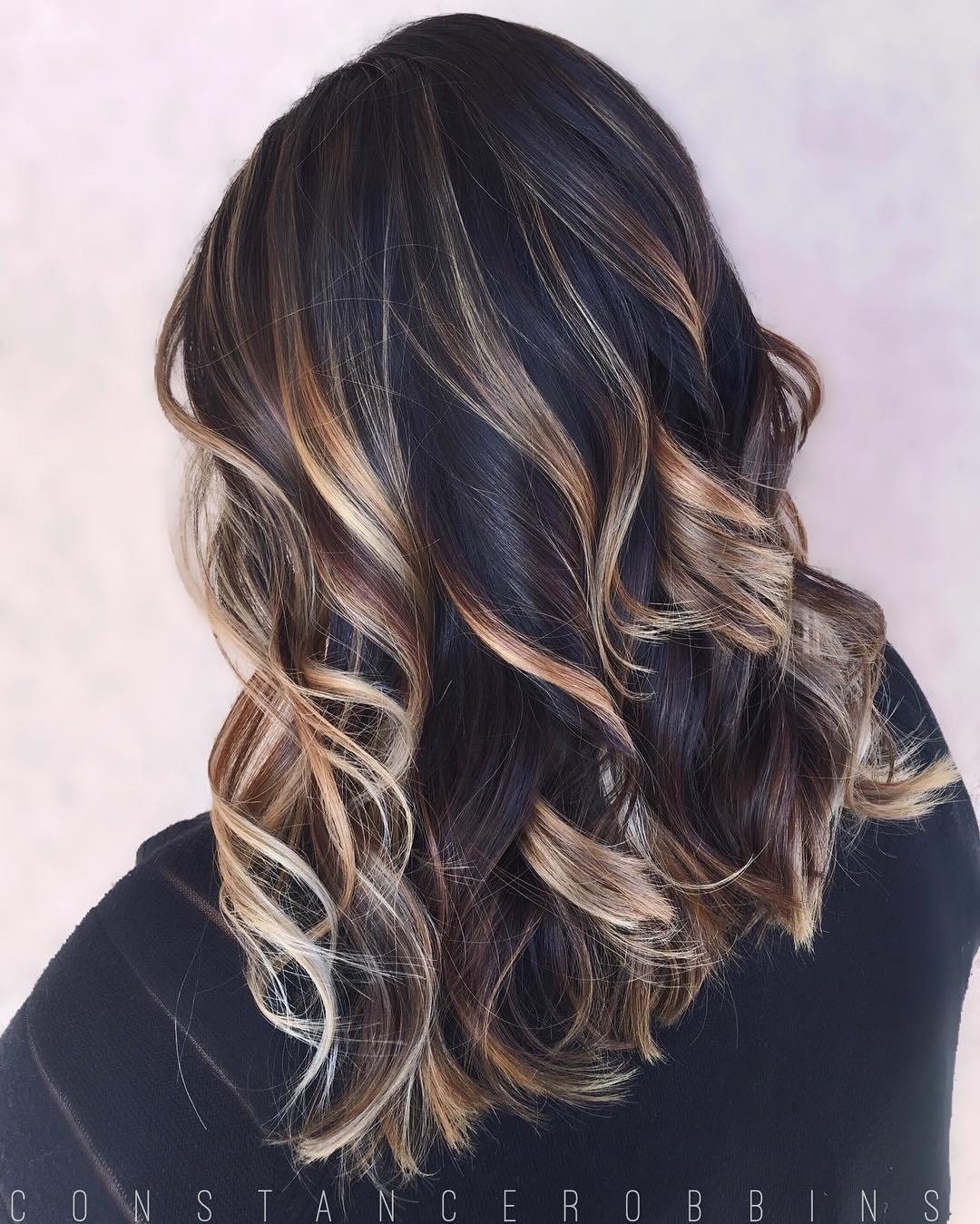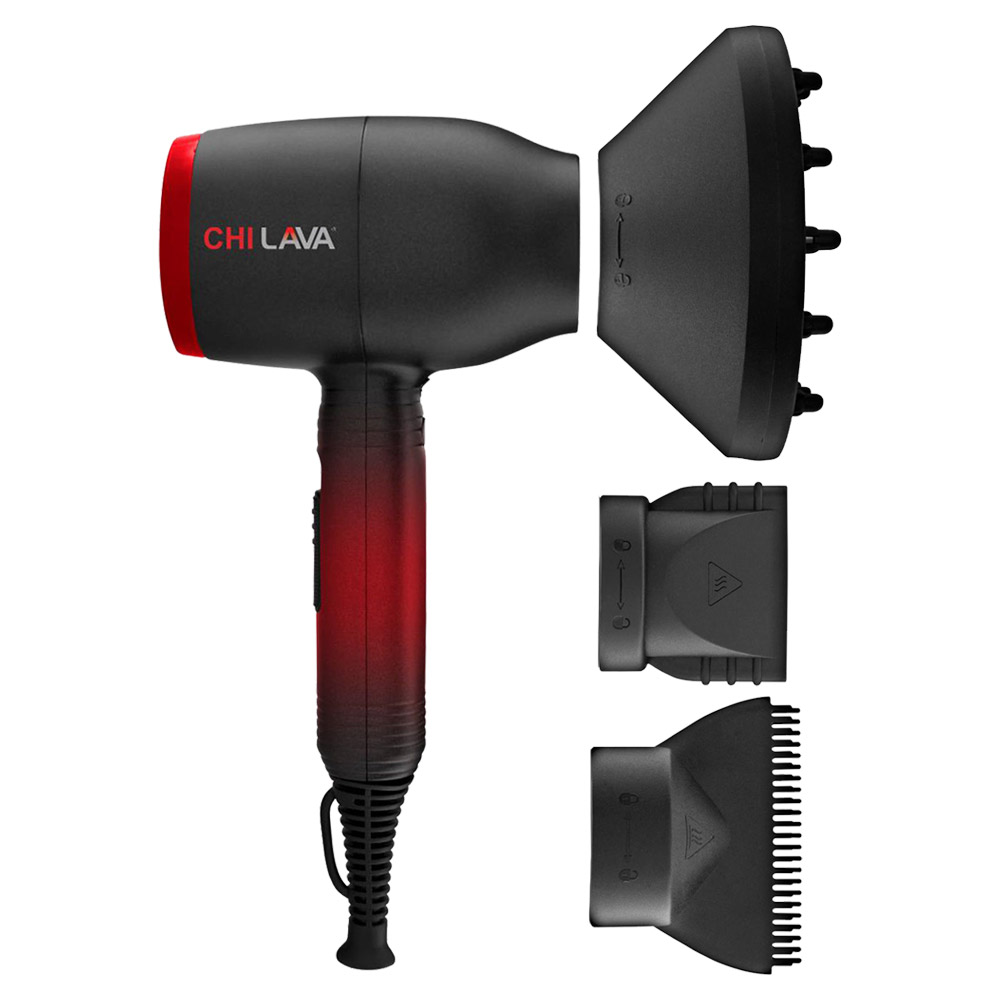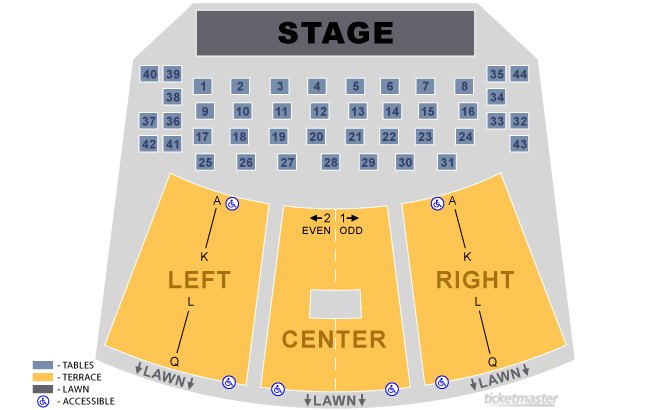Table Of Content
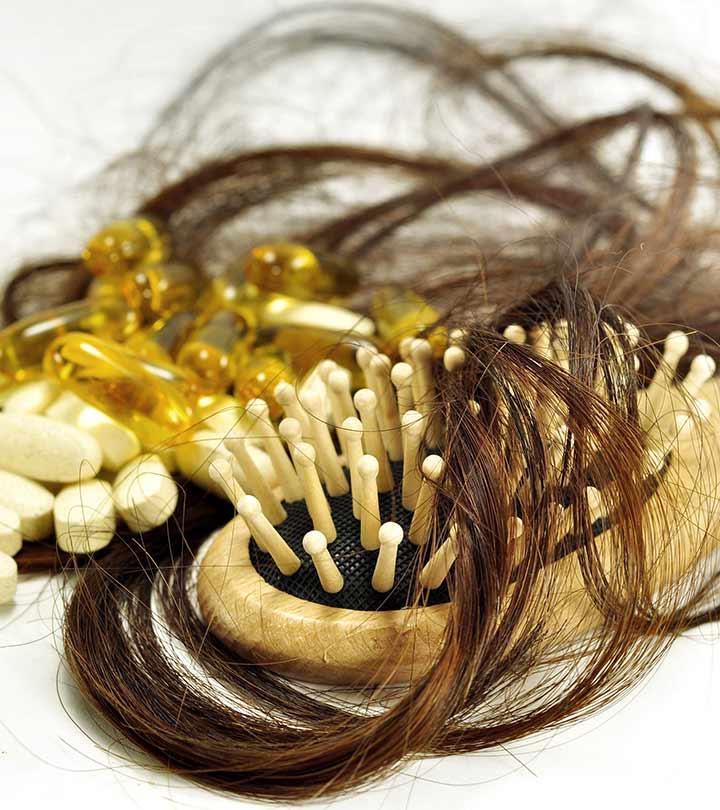
The overall prevalence of iron-deficiency anemia in our study was 8%. The reported prevalence rates in Europe were lower at 2–6% [34] than in 6–18% in Nepal, Pakistan, and Ethiopia [37, 39, 40]. A comparison of the individual studies with the overall meta-analysis results shows that the rate of iron-deficiency anemia among women with hair loss is not higher than in the general population of women. If you’ve been experiencing hair loss and think it may be due to an iron deficiency, Dr. Piliang recommends talking to your doctor. The symptoms of iron deficiency can be vague; feeling tired, hair loss, headaches and cold feet and hands, so it’s often missed or confused with something else. This might explain why iron deficiency is the most common and widespread nutritional disorder in the world, affecting around one billion people, according to the World Health Organisation (WHO).
Special Health Reports
A complete blood count (CBC) is a blood test that counts your platelets and your red and white blood cells. This test can only suggest iron deficiency anemia, because there are also other causes. Your healthcare provider will try to identify the cause based on your medical history and exam. Iron deficiency anemia occurs when your body doesn't have enough iron to produce hemoglobin. Hemoglobin is the part of red blood cells that gives blood its red color and enables the red blood cells to carry oxygenated blood throughout your body.
Dry and damaged hair and skin
The reported prevalence rate for iron deficiency from Asian countries is 20–26% and in different regions of Ethiopia 18–50% [37, 38, 39, 40, 41]. Based on these data, it would appear that ferritin deficiency in women with nonscarring alopecia is not higher than in the general population. Several studies suggested higher cutoff levels of below 30–40 ng/dL as the definition of iron deficiency [5, 29, 42, 43, 44]. This threshold of 30–41 ng/dL yields sensitivity and specificity rates of 92–98% each for iron deficiency [29].
Study Characteristics
If your test results show low iron levels, you can treat it with iron supplements. You may experience a change in bowel movements as a side effect of the extra iron, so tell your doctor if you’re prone to upset stomach. Hair loss has many causes, and it can affect adults and children of all genders. When you don’t have enough iron, your body can’t produce the hemoglobin in your blood.
There are many kinds of shampoos and treatments that claim to slow hair loss and improve regrowth, however there isn’t a huge amount of evidence to support these claims. However, not getting enough iron and developing anemia can cause hair loss. Unless you have a deficiency in a certain vitamin, supplementing with vitamins likely won’t do much for hair loss. Selenium is a mineral that your body needs in small (trace) amounts. Some research shows that selenium can help with hair loss, including among people who are getting chemotherapy.
What are the benefits of iron supplements and what are they used for?
Blood samples were taken to investigate the serum folic acid and vitamin B12 levels. If your doctor thinks iron deficiency anaemia might be behind your hair loss, they’ll first carry out a blood test, which looks for levels of a protein called ferritin. If you have a low level of ferritin, your doctor will likely recommend iron supplements to tackle both this and any effects it has had on your body, including hair loss. The electronic databases PubMed, Scopus, and Web of Science were searched between June 15, 2019, and July 24, 2019. Studies that evaluated the prevalence of iron deficiency in women with nonscarring alopecia and/or compared ferritin levels in women with and without this condition were entered into the meta-analysis. Thirty-six of 928 identified studies entered the systematic meta-analysis.
Even if you do have low ferritin, taking too much iron can be problematic. When there’s not enough ferritin stored in the body, your thyroid isn’t able to make enough thyroid hormone. This is why a physical exam usually can't identify an iron deficiency. Actively growing bodies need extra iron to provide energy to developing cells. That's why it's also important for babies, children, and teens to get plenty of iron.
12 Dietitian-Approved Foods That Promote Hair Growth - Health.com
12 Dietitian-Approved Foods That Promote Hair Growth.
Posted: Tue, 12 Sep 2023 07:00:00 GMT [source]

Vitamin B7 (biotin or vitamin H) is a cofactor for five carboxylases that catalyze steps in fatty acid, glucose, and amino acid metabolism. Biotin also plays roles in histone modification, cell signaling, and gene regulation [25]. Dietary protein must be broken down into free biotin, which is then stored in the small intestine and liver. An adequate intake of biotin for adults is 30 mcg/day in U.S. populations. The average dietary intake of biotin in Western countries is adequate, and biotin deficiency is rare.
Iron deficiency anemia is when your body doesn’t have enough red blood cells. Zinc deficiency is also often seen in people experiencing hair loss. Make sure you’re getting enough sun and try to incorporate vitamin D-rich sources into your diet like eggs, cheese, and fatty fish.
Hair loss brought on by an iron deficiency can be treated with iron supplements. They work by increasing iron levels in the body, which can improve oxygen and nutrient delivery to hair follicles and promote healthy hair growth. High iron dosages have the potential to be toxic, and taking too much iron as a supplement can make you queasy, nauseous, and sick to your stomach. Follow your doctor's recommendations for iron supplements and keep an eye on your iron levels to prevent overdosing.
After one year, be sure children don't drink more than 20 ounces (591 milliliters) of milk a day. Too much milk often takes the place of other foods, including those that are rich in iron. As the name implies, iron deficiency anemia is due to insufficient iron. Without enough iron, your body can't produce enough of a substance in red blood cells that enables them to carry oxygen (hemoglobin). As a result, iron deficiency anemia may leave you tired and short of breath. Iron deficiency anemia is a common type of anemia — a condition in which blood lacks adequate healthy red blood cells.

